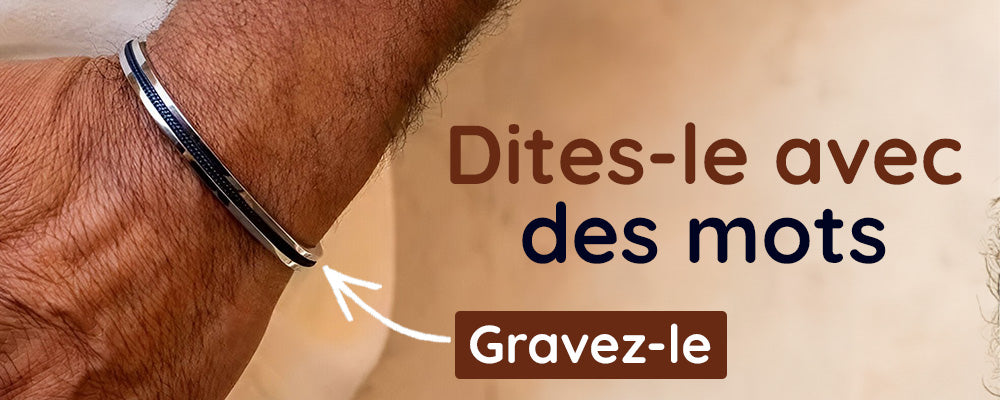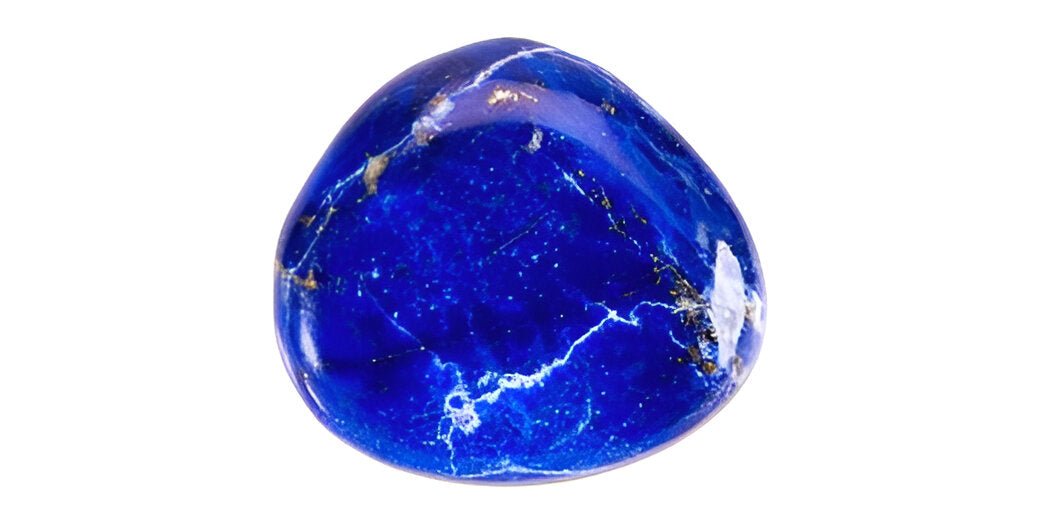Labradorite Stone Identification Sheet
- Name Origin: Labradorite takes its name from the Labrador Peninsula in Canada, where it was first discovered in the 18th century.
- Group: It belongs to the feldspar family, a group of minerals that make up a significant part of the Earth's crust.
- Chemical Composition: The chemical formula of labradorite is (Ca,Na)(Al,Si)₄O₈, indicating that it contains calcium, sodium, aluminum, and silicon.
- Crystal System: Labradorite crystallizes in the triclinic system, which contributes to its unique labradorescent patterns.
- Hardness: It has a hardness of 6 to 6.5 on the Mohs scale, making it relatively resistant to scratches but prone to chipping if handled improperly.
- Deposits: Although discovered in Labrador, it is also found in Australia, Madagascar, Mexico, Russia, the United States, and other parts of the world.
- Color(s): Labradorite is renowned for its spectrum of iridescent colors, ranging from blue and green to gold and sometimes even violet, depending on the viewing angle.
- Chakras: It is associated with the third eye and throat chakras, promoting intuition, creativity, and communication.
Where does the name Labradorite come from?
Geographical Origin and Discovery
Labradorite, a captivating stone known for its spectacular iridescence, owes its name to the region where it was first discovered: the Labrador Peninsula, located in Canada. This discovery, which occurred at the end of the 18th century, marked the beginning of worldwide fascination with this unique mineral. The Labrador region, with its wild and unspoiled landscapes, offered the world one of its most enchanting gems, thus anchoring the name labradorite in the lexicon of precious stones.
Etymology and Meaning
The term "labradorite" was officially adopted to designate this mineral after its initial discovery, directly reflecting its place of origin. This geographical designation highlights not only the importance of the discovery but also the attachment to the natural beauty and mineral wealth of Canada. The name labradorite is thus a tribute to the Labrador Peninsula, bearing witness to the hidden beauty within the depths of the Earth, ready to be revealed.
Unique Characteristics and Labradorescence
Labradorite is especially prized for its labradorescence—a play of iridescent colors that seems to dance across the surface of the stone when it is tilted or viewed from different angles. This visual display, ranging from deep blue and emerald green to golden and sometimes violet hues, evokes the aurora borealis, adding an almost magical dimension to this gem. This unique phenomenon greatly contributes to the fame and appeal of labradorite, echoing the mysteries and beauty of the region that gave it its name.
Cultural and Symbolic Resonance
Beyond its name and physical characteristics, labradorite has acquired significant cultural and symbolic meaning. Indigenous peoples of Canada, especially those near its region of origin, have long recognized the stone not only for its beauty but also for its spiritual and therapeutic properties. Labradorite is often associated with protection against negative energies, awakening psychic abilities, and promoting intuition and creativity. Its name, while referencing its geographical discovery, also evokes these mystical qualities and its connection to the natural world.
What is the history of the Labradorite stone?
Discovery and Origins
Labradorite, a stone that captivates with its iridescent beauty, was discovered at the end of the 18th century on Paul Island, near the town of Nain, in the Labrador region of Canada. Its discovery immediately sparked great interest for its shimmering colors and unique brilliance, reminiscent of the northern lights so characteristic of northern skies. This initial identification marked the beginning of worldwide enthusiasm for labradorite, elevating this modest stone to the status of a precious and sought-after gem.
A Stone of Mystical Beauty
Labradorite is known for its phenomenon of labradorescence, which displays a play of iridescent colors ranging from blue and green to gold, depending on the angle of the light. This play of colors is due to the stone's unique internal structure, which refracts light into a multitude of luminous shades. This feature has not only fascinated scientists and gemologists but has also captivated artists and gemstone enthusiasts around the world.
Symbolism and Metaphysical Properties
Beyond its beauty, labradorite is surrounded by rich folklore and attributed with many metaphysical properties. Indigenous peoples of Canada considered it a magical stone, capable of enhancing intuition and protecting the aura. It is reputed to promote creativity, intuition, and provide protection against negative energies. These beliefs, along with its connection to the northern lights, have given labradorite a profound spiritual and mystical dimension.
Global Expansion and Popularity
The discovery of new labradorite deposits in Finland, Madagascar, Australia, and other locations has helped increase its availability and popularity worldwide. Each deposit offers unique variations of this stone, ranging from Finnish spectrolite, renowned for its exceptionally rich color spectrum, to the blue labradorite from Madagascar, especially sought after for its deep blue hue.
Uses and Applications
Labradorite is widely used in jewelry, where it is valued for its ability to capture and reflect light in a way that enhances the beauty of the wearer. It is also used in decorative objects, sculptures, and even in certain holistic healing practices, where it is prized for its energetic properties.
What is the origin and composition of Labradorite stone?
Geological Origin of Labradorite
Labradorite, a stone with spectacular iridescence, owes its name to the Labrador region in Canada, where it was first discovered at the end of the 18th century. This fascinating stone was formed by magmatic activity, originating from basalt and other mafic rocks as they cooled. This volcanic origin created the ideal conditions for the formation of labradorite and its unique play of colors.
Chemical Composition and Crystal Structure
Chemical Composition
Labradorite is a mineral from the plagioclase feldspar group, with a chemical composition that varies between albite (NaAlSi3O8) and anorthite (CaAl2Si2O8). Its general chemical formula can be expressed as (Ca,Na)(Si,Al)4O8, where sodium (Na) and calcium (Ca) can substitute for each other within the stone's crystal structure.
Crystal Structure
Labradorite crystallizes in the triclinic system, characterized by lower symmetry compared to other minerals. This structure is crucial for the labradorescence phenomenon, as it allows light to diffuse through fine internal layers, creating the characteristic colorful reflections of this stone.
The Labradorescence Phenomenon
The most remarkable feature of labradorite is undoubtedly its labradorescence, the optical effect that gives the stone its iridescent colors. This effect is caused by the diffraction of light on tiny inclusions within the stone, often due to variations in mineralogical composition and crystal size. The perceived colors vary depending on the viewing angle, ranging from blue and green to gold and sometimes even violet.
Labradorite Deposits
Although labradorite is named after the Canadian region where it was first discovered, significant deposits of this stone have also been found in other parts of the world. Madagascar, Australia, Norway, Mexico, and Finland are among the countries with major labradorite deposits, each offering unique variations in color and quality of labradorescence.
Uses and Value
Labradorite is highly valued in jewelry and interior design for its attractive appearance and unique play of colors. It is also appreciated in certain spiritual and holistic healing practices for its reputed protective and balancing properties.
What are the benefits of Labradorite stone (physical and psychic)?
Labradorite, a gemstone with iridescent reflections, is renowned not only for its captivating appearance but also for its many attributed benefits, both physical and psychic. This stone, valued for its mystical beauty and energetic properties, is often used in crystal healing and other wellness practices.
Psychic and Emotional Benefits
Intuition Booster
Labradorite is especially renowned for its ability to awaken and strengthen intuition, offering the wearer a deeper understanding of their own thoughts and feelings. It encourages profound introspection and helps navigate the complex flow of emotions and ideas.
Protection Against Negative Energies
Considered a protective stone, labradorite creates an energetic shield around the aura, repelling negative influences and potential dangers from the external environment. It helps maintain positive energy and balance emotions in the face of adversity.
Promotes Creativity
Labradorite is also known for stimulating creativity, unlocking the flow of ideas and inspiring new ways of thinking. It is especially beneficial for those seeking to overcome creative blocks or explore new artistic horizons.
Physical Benefits
Stress and Anxiety Relief
On a physical level, labradorite is often used to relieve stress and anxiety, thanks to its soothing properties. It helps create a sense of calm and serenity, which can have a positive effect on blood pressure and overall stress levels.
Improved Sleep
Labradorite can also help improve sleep quality. Its ability to balance energy and calm the mind makes it useful for combating insomnia and ensuring a more restful, restorative sleep.
Support During Times of Change
This stone is often recommended to provide physical and emotional support during times of change or transition. It helps strengthen resilience and endurance, supporting both body and mind as you adapt to new circumstances.
How to care for your Labradorite gemstone jewelry?
Labradorite jewelry, with its captivating iridescence and deep colors, are natural treasures that deserve special care to preserve their beauty and brilliance. Discover how to care for your labradorite jewelry, and let us invite you to explore our exclusive collections of bracelets for women and men.
Gentle Cleaning
Using Lukewarm Water and Mild Soap
Labradorite should be cleaned with care to avoid damaging its delicate surface. Use lukewarm water and a little mild soap, avoiding harsh chemicals that could dull its shine. Gently rub with a soft cloth or a soft-bristled brush to remove accumulated dirt.
Drying and Polishing
After cleaning, be sure to thoroughly dry your labradorite jewelry with a soft cloth to avoid water marks. Gentle polishing can help restore the stone's natural shine.
Daily Precautions
Avoid Impacts and Scratches
Labradorite, while fairly durable, can be prone to scratches and impacts. It is advisable to remove your labradorite jewelry during intense physical activities or when using chemicals to protect it.
Protection from Extremes
Extreme temperature changes and prolonged exposure to sunlight can affect the labradorescence of the stone. It is best to keep your labradorite jewelry away from these conditions to preserve its beauty.
Storage and Care
Separate Storage
To prevent scratches, store your labradorite jewelry separately from other pieces, in a soft fabric pouch or a jewelry box. This will also protect them from dust and potential damage.
Regular Inspection
Regularly inspect your labradorite jewelry for any signs of wear or damage, and consult a professional for any necessary repairs. This will ensure your jewelry remains in perfect condition for years to come.
Discover Our Collection
Women's Labradorite Stone Bracelets
Explore our collection of women's labradorite bracelets, where each piece is a celebration of the mystical beauty of this stone. Our bracelets are designed to complement both your personal style and your spiritual well-being, making them the perfect accessory for any occasion.
Men's Labradorite Stone Bracelets
Our collection of men's labradorite bracelets features robust and elegant designs, ideal for those looking to add a touch of mystery and protection to their daily life. Each bracelet is carefully crafted to highlight the uniqueness of labradorite, while offering strength and inspiration.













